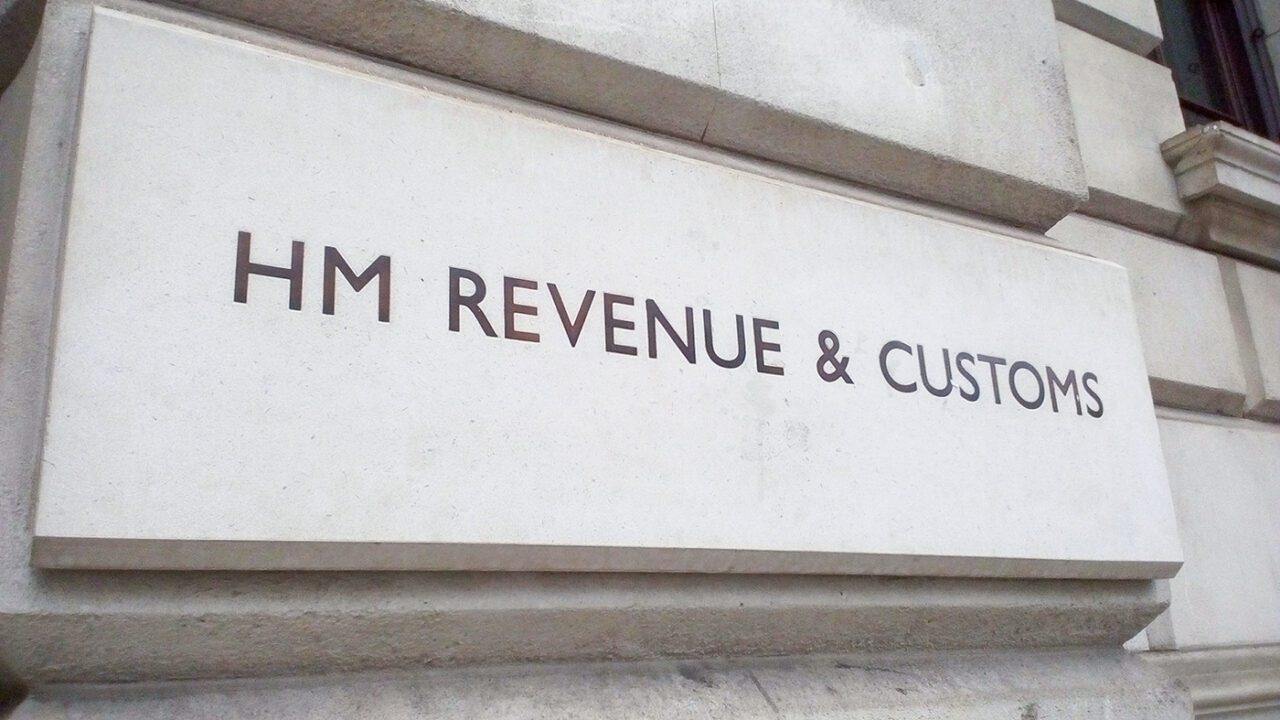What Should The Private-hire Industry Do About Conditionality?

What is Conditionality?
Starting from 4th April, private-hire drivers have to prove that they are signed up to HMRC and either paying or ready-to-pay tax in order to have their licences renewed. It is a ‘condition’ of being licensed and has been an overnight change to the taxi and private-hire industry.
If you aren’t registered for tax, you won’t be allowed to get a new license. HMRC have created a serious problem for both drivers and operators.
If you are a driver and are renewing your license, you’ll need a tax check reference number. You’ll need to answer questions about your current tax situation. For operators, your drivers will have to declare their tax status, when they were licensed and if they have earnt money from the hire and reward trade.
Plan Insurance can provide bespoke taxi insurance quotes for all UK drivers. Just fill in our short online questionnaire, and our professional brokers will be in contact to arrange your insurance.
What should operators do?
Conditionality is HMRC’s campaign against the tax of your drivers, not your company. However, it is operators who are set to lose out the most if the rules aren’t kept. As an operator, your license isn’t at risk, but your driver retention is.
The most productive thing you can do is make sure that valid licenses and tax checks are part of your onboarding process.
It is also up to you to remind your drivers that if they are in hot water with their tax, running isn’t the best option! Many drivers seem to want to pick another career altogether than to put themselves in HMRC’s crosshairs.
This is bad news for operators
Being an unregistered driver who hasn’t paid tax in a while isn’t as rare as you may think. All is not lost. However, you shouldn’t wait for them to find you. If HMRC finds drivers and thinks they are hiding, drivers could get a heavy fine and an investigation. Encourage your drivers to get professional help from an accountant in order to approach the HMRC in the right way.
Our friends at Eazitax have created a scheme especially to allow operators to help their drivers to pay tax, protecting everyone from the pitfalls of conditionality. It’s called the Eazitax Operator Partnership.
A Conditionality tax check for drivers
What you’ll need to know…
Your Government Gateway User ID and PasswordThe date of when you first got your licenseThe length of your most recent licenseHow do you pay tax on the income you earn from your licensed trade
Step 1. Signing into Government Gateway
To retrieve your tax check reference number, you’ll need to login to Government Gateway on the Gov.uk website. If you’ve forgotten your user ID or password, you can retrieve this in the ‘Problems signing in’ section.
Step 2. Visit the tax check screen
Follow the link on screen now to retrieve your tax check reference number,Select the type of license you are applying for,Select how many years ago you first got a license,Select how long your most recent license is valid forSelect what your tax status was for licensed work done between April 2019 and 5 April 2020,Select if you included income earned in the previous question in your tax return for tax year 2019-2020One last opportunity to check your answersThen your tax check number magically appears on the screen.Copy or write down your tax check code as you will need it for your Local authority license check.
“If you are worried about your tax situation, the worse thing you could do is hide. You could get a heavy fine and risk being investigated. You need to approach HMRC, but there’s an art to it. Don’t give them all of your secrets straight away! Make sure you go to a professional who understands the industry. Over the years, we have dealt with thousands of cases that have completely minimised the impact on drivers.”
Gary Jacobs, Director of Eazitax
Step 3. Visit your licensing authority renewal page
Next, visit your licensing authorities license application page. Depending on your council, this may be an online form or a document to download. On the section for tax check numbers, insert the number you copied in step 2.
Submit this form or send to your licensing authority to complete your application.
Your tax check should now be complete! If your tax code is incorrect or void, your licensing authority will notify you.







